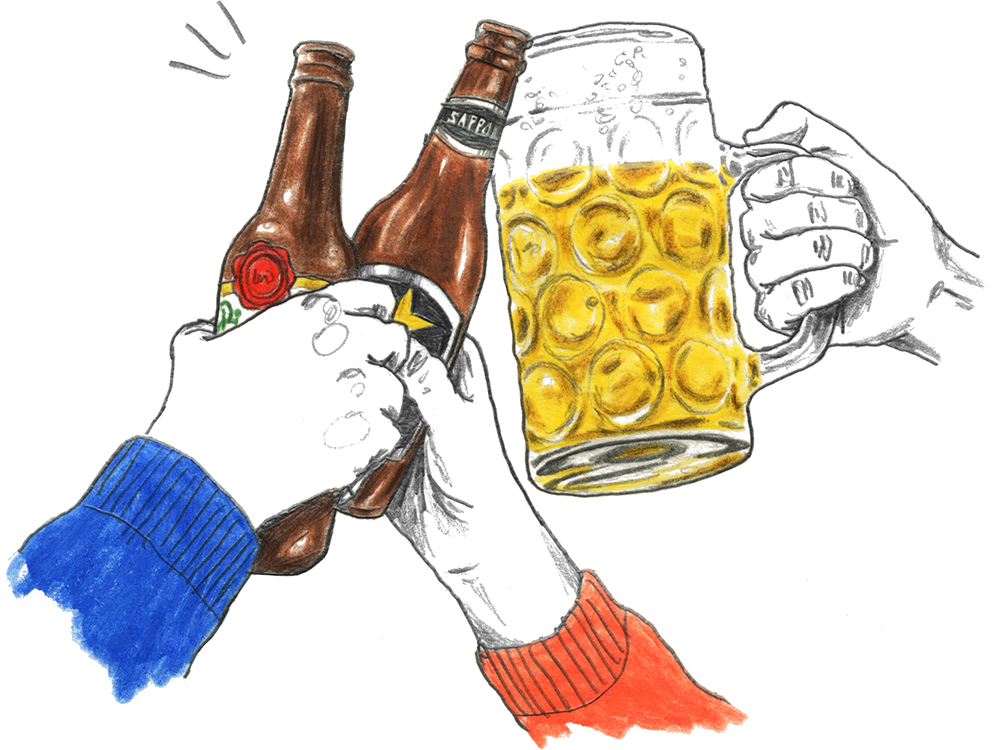Humans have been brewing fermented beverages for thousands of years. So it’s surprising that lager, a sometimes bland-tasting brew that originated in Germany, has risen above the rest to dominate global beer sales. Lagers differ from other beers in that they are brewed at colder temperatures using strains of yeast that sink to the bottom of the tank. They tend to have a crisper, cleaner taste, but tinkering with their other ingredients such as hops and malts can alter the flavour. For a book he is writing, Professor Jeffrey Pilcher, a food historian at U of T Scarborough, is tracing how lager conquered the beer world. Below, in time for the annual German beer festival Oktoberfest, he shares the history – and taste – of three distinct types of lagers.
Bavarian lager
Lager traces its roots to 1400s Bavaria. The word “lager,” German for “storage,” refers to the cold caves in which the beer was traditionally stored while fermenting. Brewing it during the winter and maturing it in the caves during the summer prevented spoilage and allowed the beer to keep its consistency year-round. Pilcher says Bavarian lagers “tend to be slightly sweeter” than other lagers. He suggests a Munich-style dunkel or “dark” lager.
Pilsner
Dismayed by the quality of their local beer, leaders in the Bohemian town of Pilsen founded a town-owned brewery in 1842 and invited Bavarian brewer Josef Groll to run it. He mixed his yeast with local hops and brighter malts to create a clear, golden beer that quickly became a hit. Pilsner is generally drier and hoppier than Bavarian lagers. Pilcher recommends Pilsner Urquell, from the original Pilsen brewery.
Japanese lager
In the 20th century, Japan was the source of two important brewing innovations. In 1967, the Japanese brewer Suntory adapted micro-filtration technology developed at NASA that removed the need for pasteurization. Twenty years later, Asahi Breweries created dry beer using a fermentation process that converts more sugar into alcohol. It’s “less sweet, with very little aftertaste,” says Pilcher. Popular dry beers include those made by Asahi and Sapporo.






